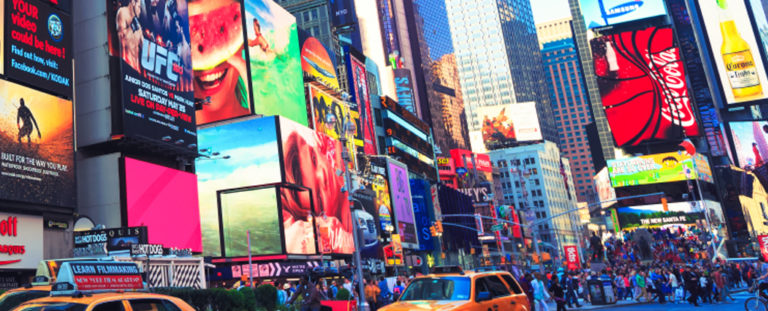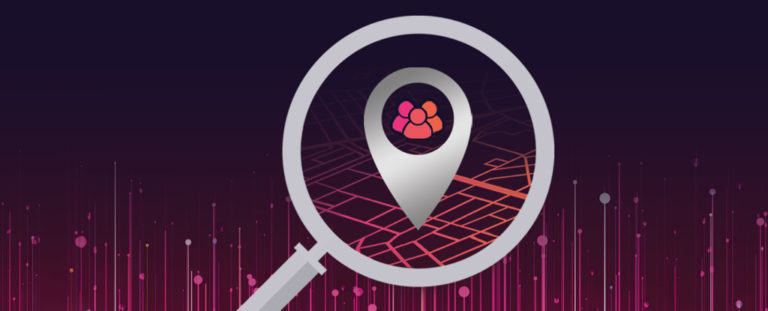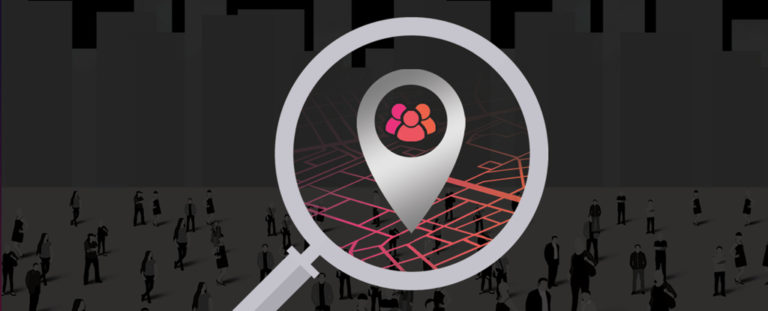Topping the Charts with DOOH
Published: September 20, 2022
Music venues, concert halls, music stores, and award shows temporarily shut down during the wake of the pandemic. Live music performances were halted overnight, causing independent venues to close their doors altogether. Overall, the music industry had to make a choice: take an extended hiatus or adapt. Many took the second approach, shifting to digital, utilizing platforms such as Tik Tok and Instagram's reels, live feeds, and online stores in order to keep up their relationship with fans, promote music, increase sales, and stay relevant.
On the other hand, musically focused apps such as Spotify, Apple Music, and Amazon saw an increase in revenue while the public stayed inside. More people took an interest in music streaming platforms due to their lack of movement, resulting in the growth of the US recorded music market increasing by 27% in the first half of 2021 from $5.6 billion in 2020 to $7.1 billion the following year, according to the Recording Industry Association of America.
Now, as people have re-entered public spaces and all covid-restrictions have been lifted, the music industry can open its ears to the creative world of digital out-of-home (DOOH) advertising and engage audiences with interactive and dynamic campaigns utilizing real-time measurable data.
Music streaming services can create effective marketing campaigns with digital outdoor advertising. Companies like Spotify captivated audiences and generated awareness of their end-of-the-year campaign, Wrapped, diving into subscribers' most listened to artists, songs, and podcasts submitted by individual Spotify stats. With real-time information, premium users were able to offer their personal 'Wrapped' data to be shown publicly on large-formatted digital screens in one of the six major foot traffic hubs, including London, New York City, Paris, and Toronto. This immersive DOOH campaign featured users' profiles alongside their top artists, songs, and genres, with the amount of time they listened. Thus, creating a unique, personalized, and dynamic approach to interacting with its subscribers worldwide.
Musical artists can also take advantage of DOOH advertisements' ability to engage with audiences while amplifying their online searches and social media accounts. Drake, the Canadian rapper, is no stranger to the outdoor industry, utilizing OOH's unmissable larger-than-life screens to hype his new albums. Last year, he teased fans about his upcoming album while providing clues as to which artists would be featured by placing OOH ads in cities where the artists lived. According to social analytics platform Infegy Atlas, the campaign ended up receiving over 32.4 million impressions and a total of 22,000 social media posts over two months that collectively generated 482,000 engagements in the span of two days.
As for music venues and stores, DOOH enables brands to target specific locations using geotargeting. And, programmatic provides the same flexibility and control as online ads, tailoring to the most accurate location, time, messaging, audience and frequency. All the while, pDOOH provides brands with more outstanding measurement capabilities and assesses their effectiveness.
The pandemic caused major disruptions in the music industry, forcing a digital resurgence overnight. With the creativity, flexibility, and measurability of DOOH, the music industry is sure to recover, captivate its target audience, and increase sales. So what are you waiting for? If you're ready to plan and launch your DOOH campaign, our team of DOOH experts is prepared to help at no charge to you! Contact us at concierge@adomni.com.
Written By: Julia Cramer
To get the latest updates on out of home advertising, digital marketing and technology, follow us on:
Or sign up for our newsletter.






